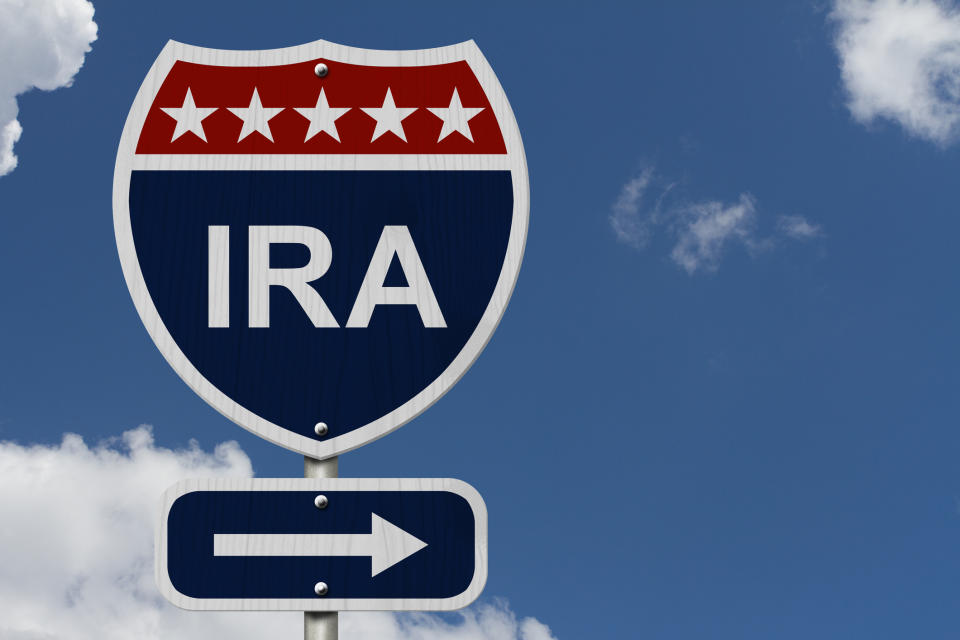You Have Less Than 1 Month to Make This Important Tax-Saving Move
Paying taxes on your income is a drag, no matter how much you earn. That's why it helps to be strategic about capitalizing on tax breaks that put more money in your pocket and give less of it to the IRS. Now you're probably aware that there are numerous tax credits and deductions you can claim to lower your tax burden. But one of the most effective means of lowering your taxes boils down to funding a traditional IRA. The money you put into that account goes in tax-free, so you're not paying the IRS anything on that income.
If you've yet to fund your 2018 IRA, you should know that it's not too late to do so. The IRS gives you until each tax year's filing deadline to get money into your account, which means that you have until April 15 to set aside funds for 2018. And seeing as how that deadline is less than a month away, it pays to get moving -- now.

IMAGE SOURCE: GETTY IMAGES.
Why max out a traditional IRA?
The money you contribute to a traditional IRA goes in tax-free. Your savings, meanwhile, are a function of the tax rate you'd normally face on your income.
For the 2018 tax year, traditional IRA contributions maxed out at $5,500 for workers under 50, and $6,500 for those 50 and over. (Note that these limits have increased by $500 for the current tax year.) This means that if you were under 50 last year and normally lose 24% of your income to taxes, maxing out last year's IRA would save you $1,320 right off that bat. If you were 50 or older last year, maxing out your IRA would save you $1,560.
Tax savings aside, IRA contributions serve the ever-important purpose of giving you income to use in retirement. Many workers assume that once they retire, they'll manage to get by on Social Security, but that's far from true. Social Security, in a best-case scenario, will replace about 40% of the average earner's pre-retirement income, but most people need close to double that amount to live comfortably, and that's where your IRA can come in handy.
If you've yet to put money into your 2018 IRA, don't delay. Though you have until the tax-filing deadline to get that account funded, don't plan on doing so that day. Rather, you want to make sure that deposit is reflected before the filing deadline arrives. Furthermore, if you're self-employed and are saving for retirement in a SEP or SIMPLE IRA, the same rule applies -- you have until April 15 to fund that account and reap the tax savings involved.
Finally, if you're not currently contributing to this year's IRA, you might think about finding a plan with an automatic transfer feature and setting money aside each month for that purpose. That way, you won't have to scramble to get that account funded at the last minute come this time next year.
More From The Motley Fool
The Motley Fool has a disclosure policy.

